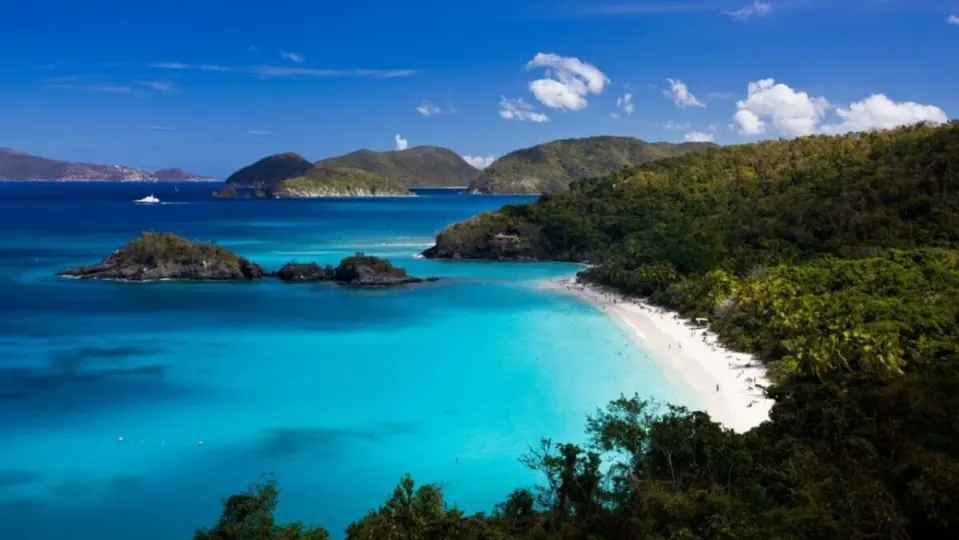More than half of the world’s oceans have significantly changed color in the past 20 years, and obviously, climate change is to blame.
The oceans located around the equator have changed to a greener hue, a trend that cannot be solely explained by natural year-to-year variability. There is something more… called global warming.
“We are impacting the ecosystem in a way we haven’t seen before,” explains Alexandra Witze, oceanographer and climatologist at the National Oceanography Centre in England.
The answer is biological and it is phytoplankton
The color of the ocean changes based on what is present in its upper layers, as explained in Nature. Bluer oceans typically have less life, while greener oceans have more phytoplankton, marine algae that undergo photosynthesis.
Phytoplankton serves as the foundation of the marine food web, providing fuel for zooplankton and fish, which are then consumed by larger fish, seabirds, and marine mammals.
But phytoplankton also plays a crucial role in combating the climate crisis. Researchers estimate that the oceans absorb around 30% of the carbon dioxide produced by humans, largely due to the photosynthesis of these algae.
Different types of plankton reflect and absorb light differently, which means that a change in the color of the ocean equates to a change in the ecosystem.
These changes could have a domino effect on the entire food chain and even impact the ocean’s ability to store carbon.
Cael and his colleagues examined data from NASA’s Aqua satellite’s Moderate Resolution Imaging Spectroradiometer (MODIS), which has been monitoring the color of the ocean for 21 years.
The team analyzed measurements from seven visible wavelengths and found that between 2002 and 2022, color changes occurred in 56% of the oceans, primarily in tropical and subtropical areas. The results were published on Wednesday in the journal Nature.
To determine if the trend was related to climate change, the team turned to a model created by Stephanie Dutkiewicz, co-author of the study, in 2019, which simulated how Earth’s oceans would respond in two scenarios: one with added greenhouse gases and one without.
The predicted results in the greenhouse gas model aligned almost exactly with what the researchers found from real-world data: over 20 years, about half of the oceans significantly changed color, according to the MIT press release.
Some of the links added in the article are part of affiliate campaigns and may represent benefits for Softonic.


